In-depth technical principles
Metals - Eduqas
Metals come from an ore that is mined from the ground. Metals can be used for all methods of production, from bespoke pieces of jewellery to mass-produced cars.

Papers and boards - Eduqas
Paper is made from wood pulp or recycled material. It may be used in packaging, drawing and sketching, or model making.

Plastics - Eduqas
Most polymers are manufactured and are designed by chemical engineers. Most are made using non-renewable crude oil. Difficulties around disposal mean there is a drive to reduce the use of plastics.
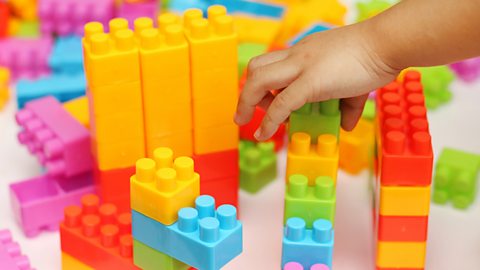
Systems: Sources and functions of components - Eduqas
Components are chosen based on factors including working properties, environmental impact, function, manufacturing processes etc. It is important to choose a component fit for purpose.
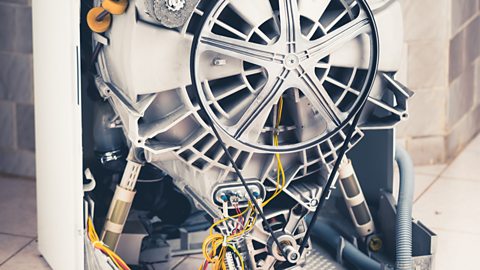
Systems: Manufacturing techniques - Eduqas
Specialised manufacturing techniques and processes such as deforming, reforming, wastage and fabrication depend on the materials and components being used.
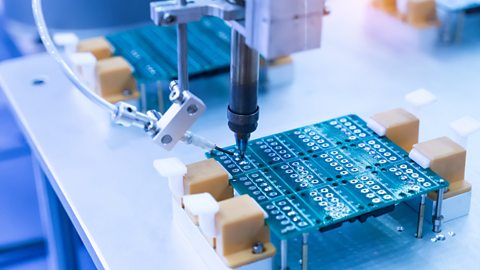
Textiles: Sources and properties - Eduqas
Textiles are made from fibres, classified as either natural or manufactured. Fibres are twisted into yarns before being made into woven, knitted or bonded fabrics.

Textiles: Manufacturing techniques - Eduqas
In the textile and clothing industry fabrics are dyed, printed and finished before being cut, assembled and shaped by machine operators. For the garments to fit, accuracy in construction is important.
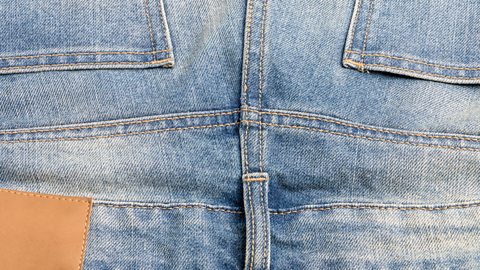
Timbers - Eduqas
Hardwood and softwood are types of timber that come from many different trees. Manufactured boards such as MDF and plywood are man-made.
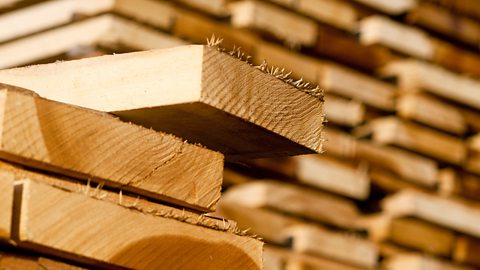
Links
- External linkExternal link
- External linkExternal link
- External linkExternal link
- External linkExternal link
- External linkExternal link
- SubscriptionSubscription